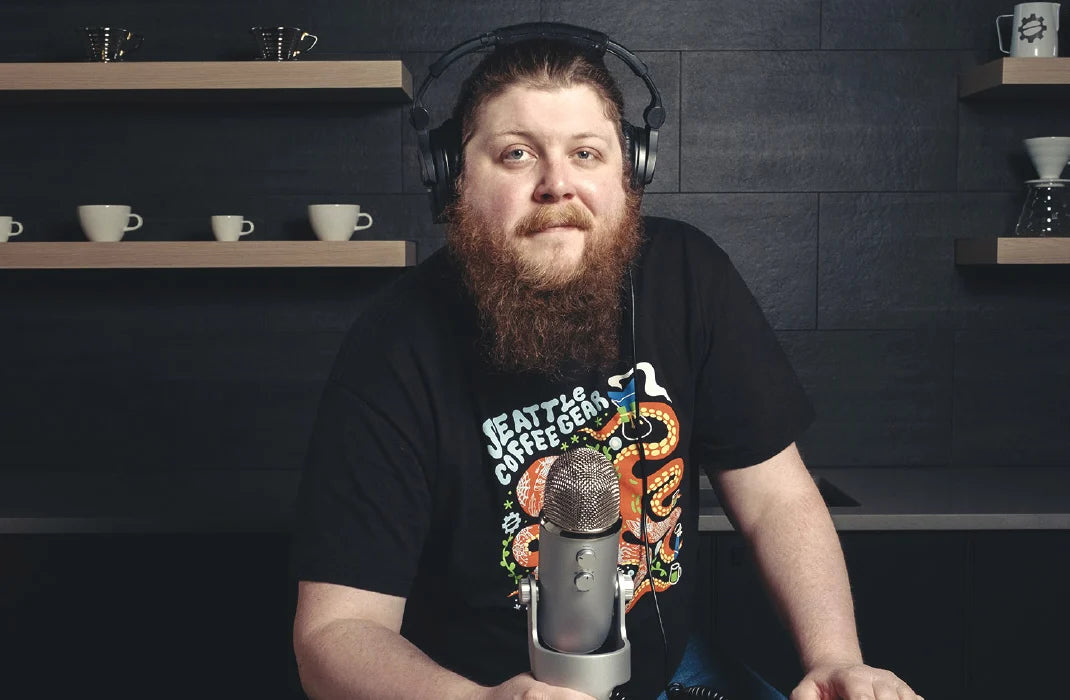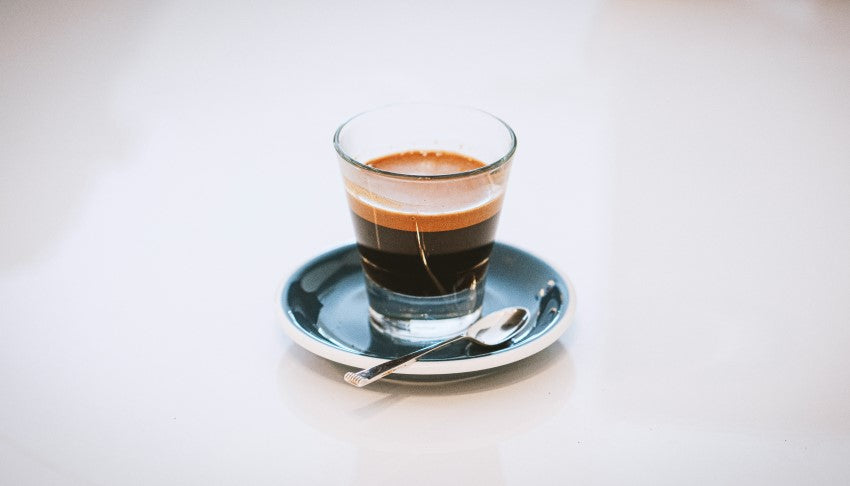It happens to pretty much every new espresso machine owner: You get your machine and grinder set up, you look up the ratios you need, you set the grinder to powdery fine, and you start brewing. You might even realize that the fast shot you pulled means you need a finer grind for more extraction time, so you adjust finer. Then, you get that rich, dark shot that looks perfect at first, but when you take a sip? It’s too bitter! Don’t worry - there’s nothing wrong with your machine, and we’re here to help!
Extraction Basics
Brewing any kind of coffee is all about extraction. You’re extracting the coffee molecules from the grounds and binding them with the passing water to create our favorite beverage. The tricky part is getting just the right combination of temperature and flow rate (or extraction time). Luckily for you, your espresso machine should take care of the heat, and will give you a baseline of pressure to work off of to get the flow rate down. From there, through the process of “dialing in” your grinder, you’ll nail the necessary consistency to provide the right amount of back pressure for a perfect flow rate.
But this doesn’t answer the question of why your shot is bitter. This is because of over-extraction. In other words, too much extraction time where the water is slowly flowing through the grounds leads to too much bonding between the coffee and the water. The result is a bitter shot. The flipside to this is under-extraction, where the water flows too quickly through the coffee and results in a weak, sour shot. So how do you solve it?
Fixing a Bitter Shot
To fix a bitter espresso shot you need to make sure your brew temps are correct (almost always the case with an espresso machine) and that your machine is putting out the proper pressure (again, always the case except in rare malfunction circumstances). From there you can control the last remaining variable: grind size.
If you have that bitter shot you just need to go a little coarser on your grind to loosen up the puck and allow a bit more flow for the water. You’re aiming for around ~25 seconds for your shot to pull, but as long as it tastes good, that’s what matters. If you find that it’s still bitter, loosen up the grind a little more (do this in small increments). If you overdo it and it flows too fast, you can take it back to being a bit finer. This process is called “dialing in” as noted above, and will be something you need to do for each new bag of beans - sometimes even if it’s the same roast! Minor variations in roast level and the beans themselves can lead to slightly different needed grinder settings.
Once you’ve done this a few times it will start to become second nature, and you’ll be dialing beans in with just a shot or two and fewer wasted beans. If you want to learn more about this subject you can check out our video on the topic below, and make sure to comment on your dialing-in experiences!

